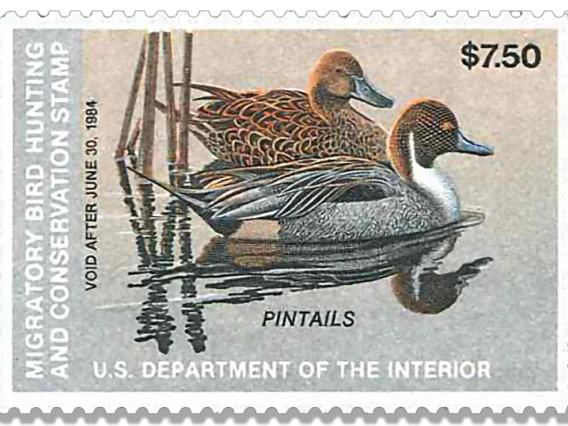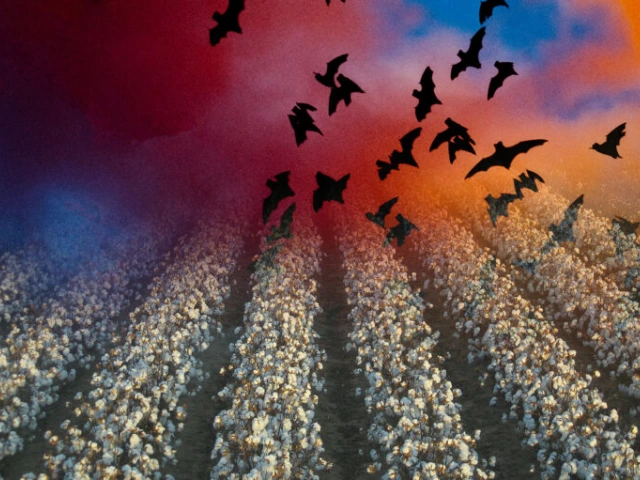Project Aims
In recent years, scientists have made major progress in our understanding of the world around us by considering nature and society as parts of a single interacting system. This coupled natural and human systems or social-ecological systems research seeks to understand these interactions and to develop innovative solutions to many resource management challenges.
Migratory species form part of a special type of coupled natural and human system, acting as mobile links connecting natural and human systems across great distances, often spanning multiple international borders. Environmental change in any part of these migrating species’ habitats can have consequences both for migratory populations and the role they play in coupled systems. If these species typically provide benefits to people during migration, population fluctuations may indirectly affect human well-being by altering availability of these benefits. The idea that environmental change in one location can have consequences for human well-being in distant locations is formally recognized as telecoupling—“tele” meaning far off.
The telecoupling concept recognizes that the drivers of environmental change in one location can have profound effects on ecosystems and human well-being in distant locations. |
Our team, which includes both natural and social scientists, works to understand the telecoupled systems of North American migratory species to improve their management and to discover new approaches to address all types of telecoupled problems.
Three Case-Study Species

Northern Pintail Duck
Telecouplings are widely recognized by the general public and have been quantified by researchers.
Since the 1930s, the US has formally recognized telecouplings by using Duck Stamp revenue from the sale of hunting licenses to finance conservation measures.

Monarch Butterfly
Telecouplings are widely recognized by the general public and have been quantified by researchers.
Governance structures that recognize telecouplings are under disucssion by the governments of the US, Mexico, and California.

Mexican Free-tailed Bat
